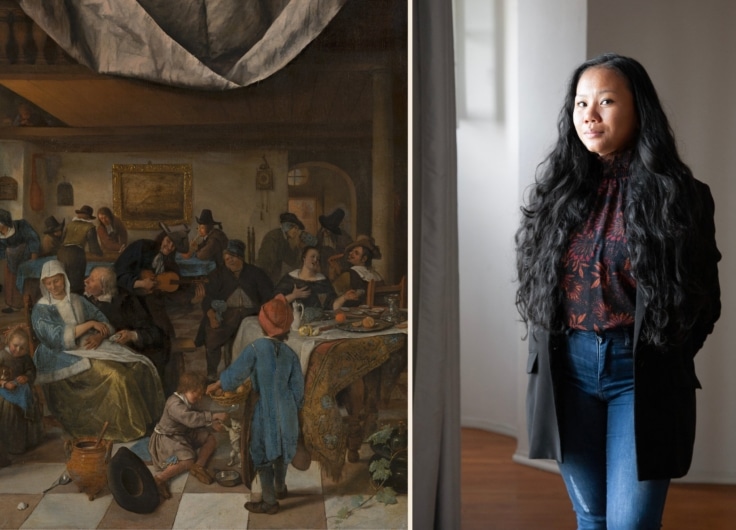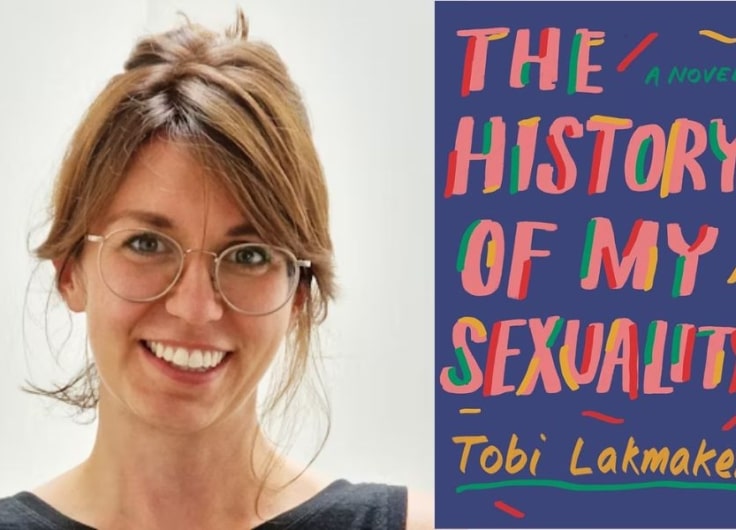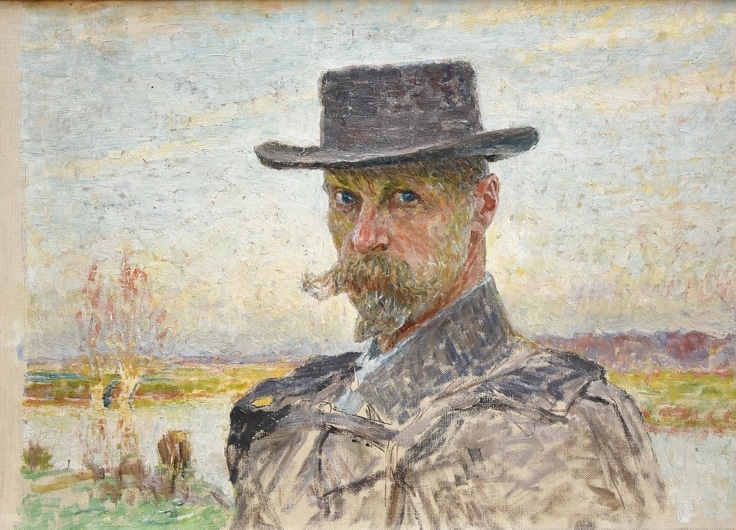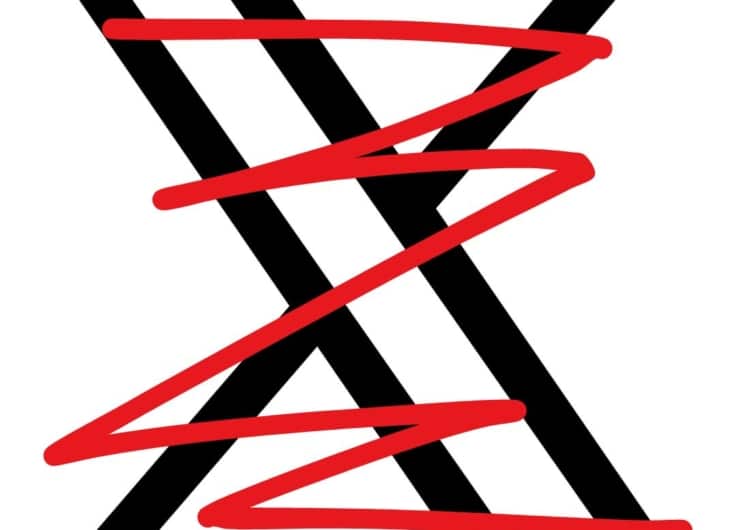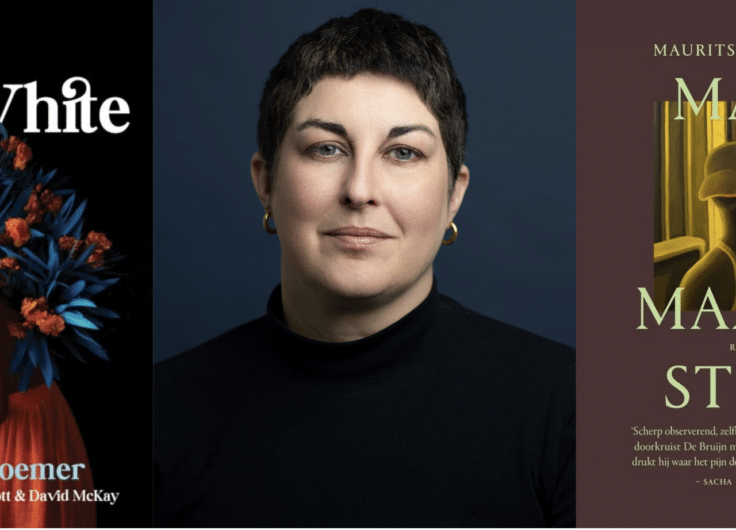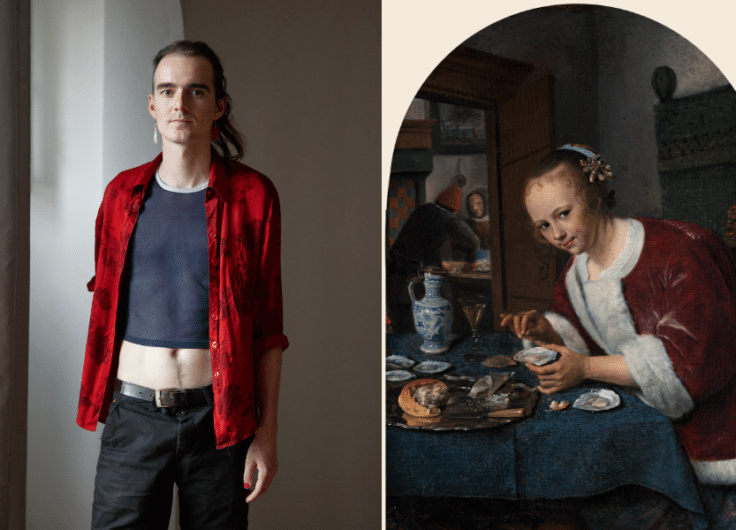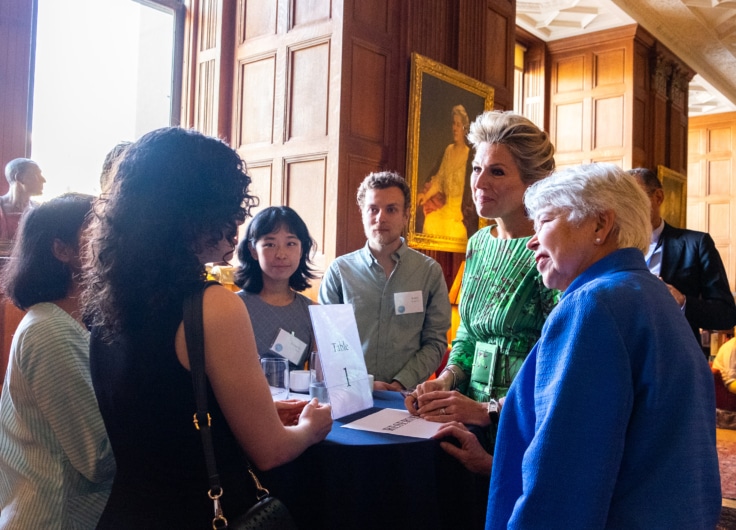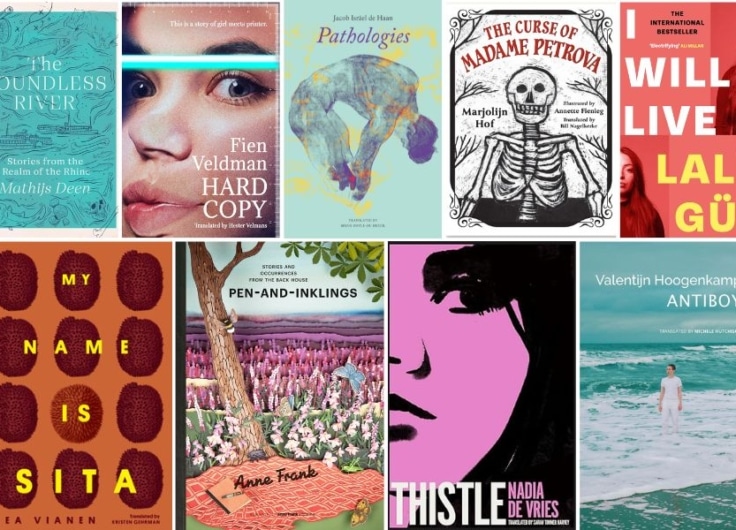From 11 February 2021, the Mauritshuis in The Hague will present the exhibition Fleeting – Scents in Colour. You will be able to explore the portrayal of scent and smell in 17th-century art, the scents of the past, the role of scent in stories, the suggestion of scent in artworks, and sensory perception. There will also be real scents in the exhibition: (coronavirus-proof) scent dispensers will enable visitors to take in the different smells portrayed in the art – both fragrant and foul.
The whiff of overripe fruit
What did the (fleeting) 17th-century world of scents look like? What could you smell as you left the house? What was the relationship between smell, health and personal hygiene? Between scent and religion? What aromas reached the Dutch Republic from far-off lands? An exhibition of almost 50 paintings, drawings and objects may seem a paradox. However, visual art is capable of evoking more than just the visible world – it is also about illusion and suggestion.
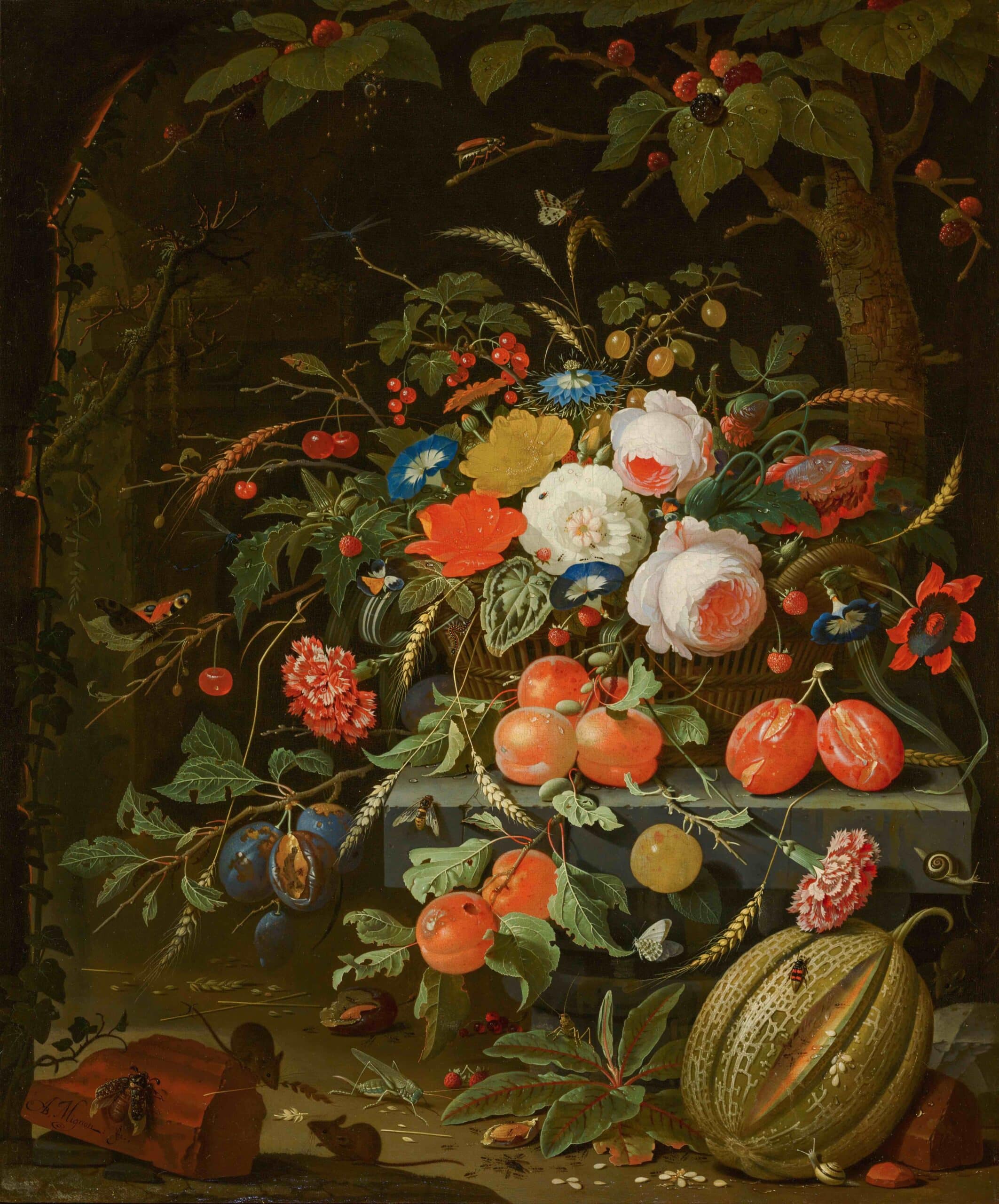 Abraham Mignon, Still life of Flowers and Fruit, between 1669 and 1679 , Mauritshuis, The Hague
Abraham Mignon, Still life of Flowers and Fruit, between 1669 and 1679 , Mauritshuis, The Hague© Mauritshuis
Remember that our memory of smell is particularly sensitive to suggestion. In Abraham Mignon’s Still Life of Flowers and Fruit from 1670, the suggestion of scent is so obvious that it can only be that the painter wanted the viewer to smell something. Mignon combined a rich abundance of flowers with overripe fruit that ants and other insects have descended on, attracted by the sweet scent of the melon that has been cut open.
Pieter de Hooch’s interior with two women by an open linen cupboard symbolises the Dutch housewife who in the 17th century was known throughout Europe for her immaculately clean house. The freshly starched linen has just been placed in the cupboard; the tiled floor is gleaming
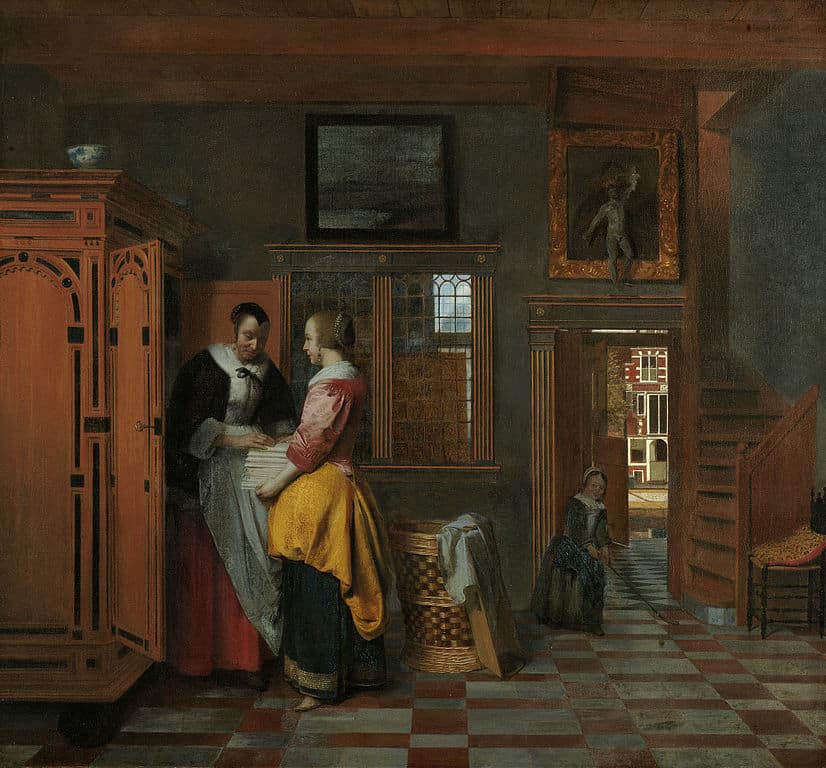 Pieter de Hooch, Interior with Women in front of a Linen Cupboard, 1663, Mauritshuis, The Hague
Pieter de Hooch, Interior with Women in front of a Linen Cupboard, 1663, Mauritshuis, The Hague© Mauritshuis
The aroma of spices
In the 17th century, more and more aromas and flavours that Dutch citizens had barely smelled or tasted before reached the Dutch Republic: spices, tobacco, coffee, tea and fruit and vegetables from Africa, Asia and the Americas. We can almost breathe in the intense aroma of ‘eastern’ spices in Willem van Mieris’s grocer’s shop from 1717.
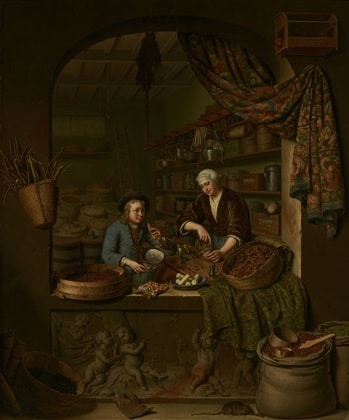 Willem van Mieris, Kruidenierswinkel, 1717, Mauritshuis, The Hague
Willem van Mieris, Kruidenierswinkel, 1717, Mauritshuis, The Hague© Mauritshuis
Pepper, clove, mace, cinnamon and nutmeg were all imported by the Dutch East India Company from Asia and the Middle East. The average Dutch citizen had no idea of the exploitation, oppression and violence that preceded the moment they stepped inside the shop to purchase these olfactory delights.
The smoking and chewing of tobacco from America became a craze and as a result, a subject in art. The smoker in Adriaen Brouwer’s painting from 1630 sits back enjoying his pipe, exhaling the smoke. His gaze is hazy, as if he is intoxicated.
The stench of horse manure
The 17th century was also full of foul smells; the stench could be dreadful everywhere. Mains water, sewer systems, deodorant, toothpaste, washing machines, fridges: none of these existed yet – with all the inherent consequences. Outside the city walls, there were blazing lime kilns and gallows fields, while inside the city there was the irritation of foul-smelling industries such as whale oil refineries and tanneries. But it was the phenomenal stink of the canals that dominated everything. These were used as a dumping ground for anything and everything.
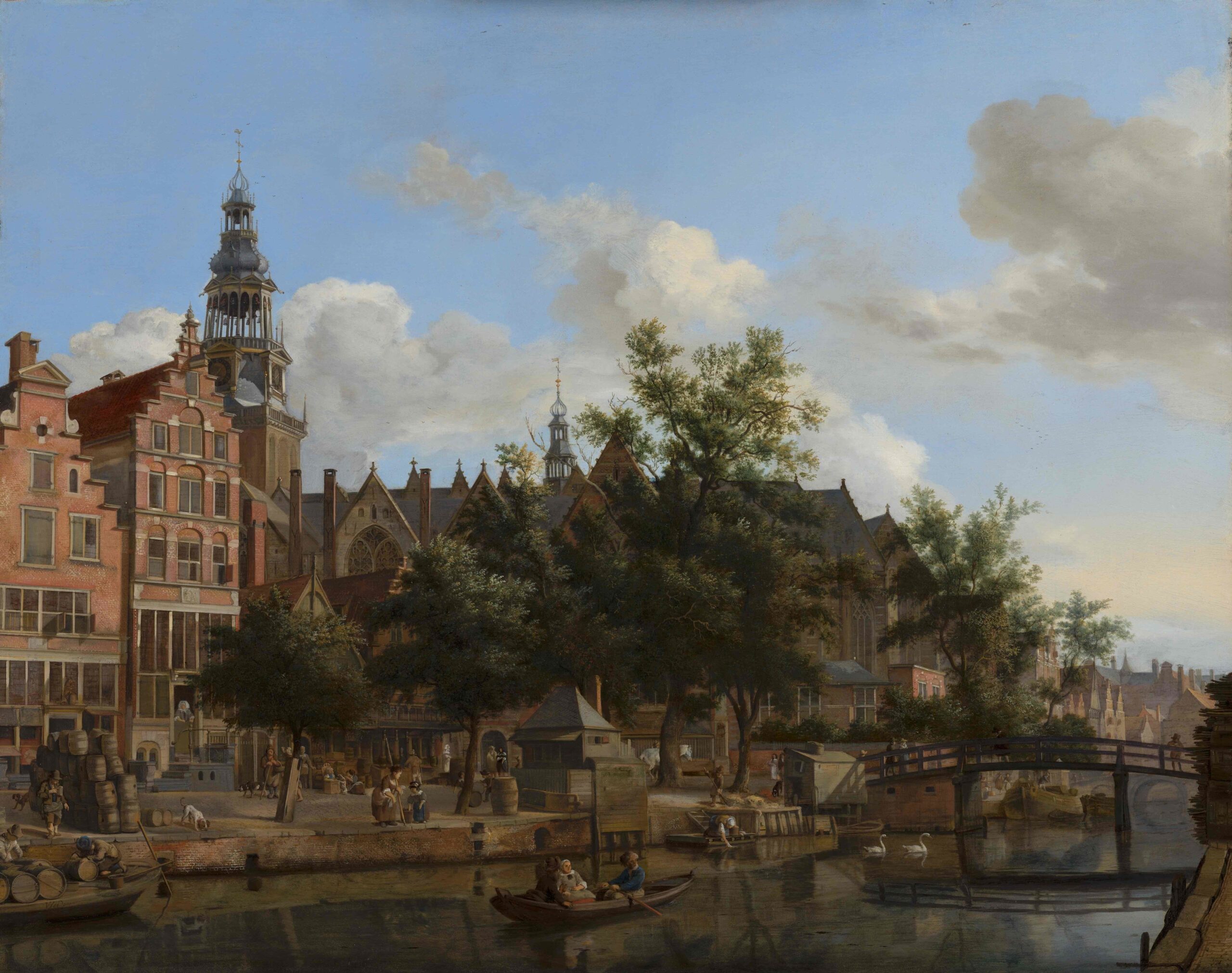 Jan van der Heyden, View of the Oudezijds Voorburgwal with the Oude Kerk in Amsterdam, c. 1670?, Mauritshuis, The Hague
Jan van der Heyden, View of the Oudezijds Voorburgwal with the Oude Kerk in Amsterdam, c. 1670?, Mauritshuis, The Hague© Mauritshuis
The well-known painting View of the Oudezijds Voorburgwal with the Oude Kerk in Amsterdam by Jan van der Heyden gives an insight into the urban ‘landscape of scents’ at the time. By the bridge over the canal is a small wooden building, known as a ‘privy’, a public toilet that emptied directly into the canal. Next to this a street cleaner is sweeping the horse manure into piles, while women do their laundry in the dirty water.
Corpse-like smell
There was reason enough in the 17th century to perfume anything and everything: the body, clothes, accessories and all kinds of objects. It was believed that vile smells made you ill and therefore needed to be suppressed with disease-repelling fragrances.
 Michiel and Pieter van Mierevelt, The Anatomy Lesson of Dr Willem van der Meer, 1617, Museum Prinsenhof, Delft
Michiel and Pieter van Mierevelt, The Anatomy Lesson of Dr Willem van der Meer, 1617, Museum Prinsenhof, Delft© Museum Prinsenhof
One of the observers in The Anatomy Lesson of Dr Willem van der Meer painted in 1617 by the Delft painters Michiel and Pieter van Mierevelt is holding a pomander, which he wears on his finger from a ring and chain. A pomander was a perforated container filled with highly aromatic substances. There are three pomanders on view in the exhibition, all made of silver. Presumably a pomander like this was a good idea given that lying in front of the observer is a lifeless body, the abdomen of which has just been cut open. After this the intestines, the most perishable of the organs, will be removed.
In 1631, Jan Lievens painted The Raising of Lazarus. Lazarus’s sister Martha and Jesus stand at the grave from which Lazarus has just raised his arms. Because according to the story he had died four days earlier, the stench of the corpse rises up to hit the onlookers (and the viewer too).
The scent of sweat, frankincense and myrrh
The exhibition ends with paintings portraying Bible stories in which scent plays a role. In Govert Flinck’s monumental painting from 1638, Isaac blesses his youngest son Jacob. It should have been his firstborn son Esau, but their mother Rebecca had dressed her favourite son in Esau’s clothes. The blind Isaac could therefore smell Esau’s body odour and blesses him, unaware that he was actually blessing Jacob.
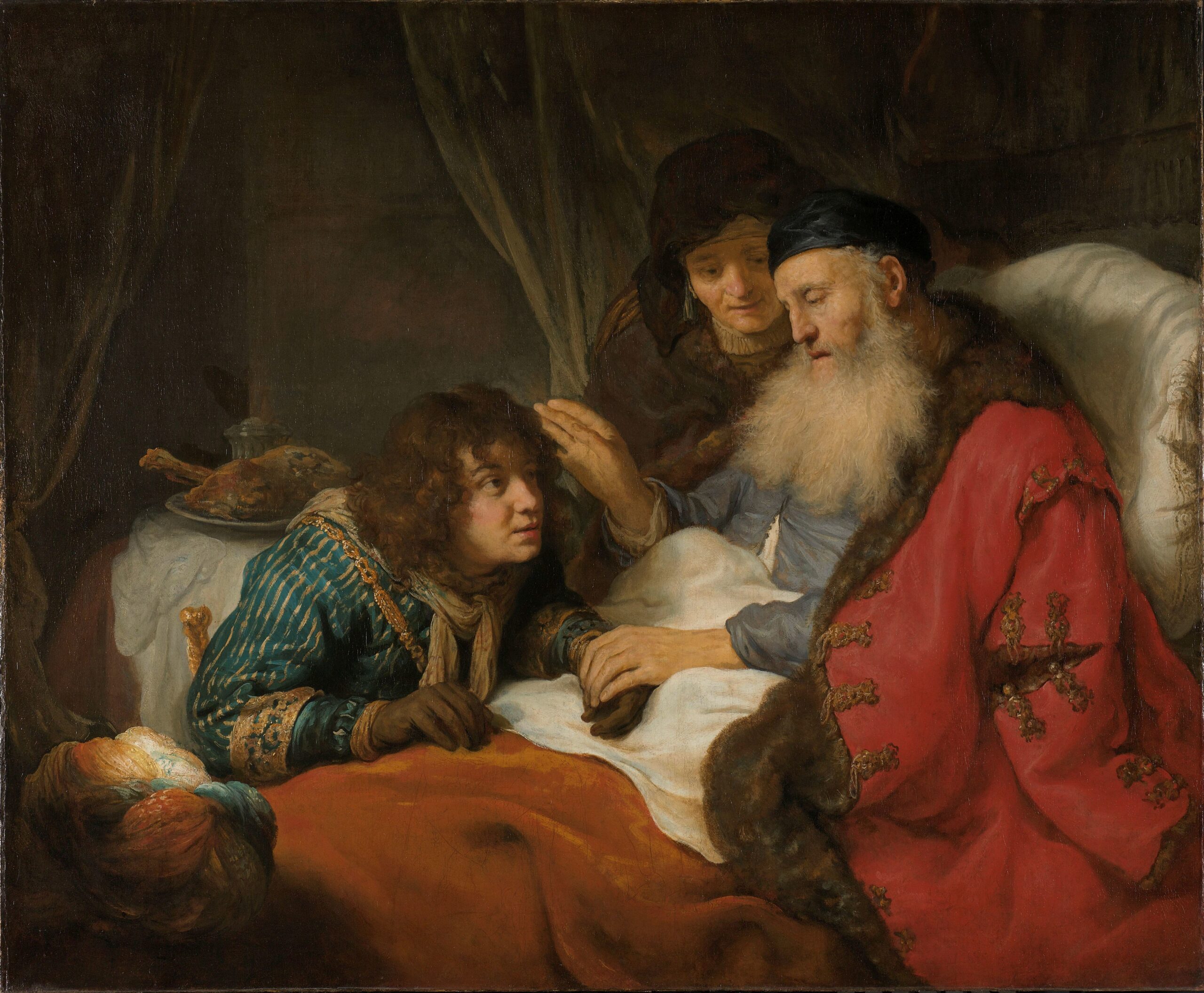 Govert Flinck, Isaac Blessing Jacob, c. 1638, Rijksmuseum, Amsterdam
Govert Flinck, Isaac Blessing Jacob, c. 1638, Rijksmuseum, Amsterdam© Rijksmuseum
The scents around the newly-born Jesus must have been rather more agreeable: after all the three wise men from the east brought with them gold, frankincense and myrrh. The latter two would have provided a spicy, sweet and smoky, but also fairly heavy, bouquet of scents.
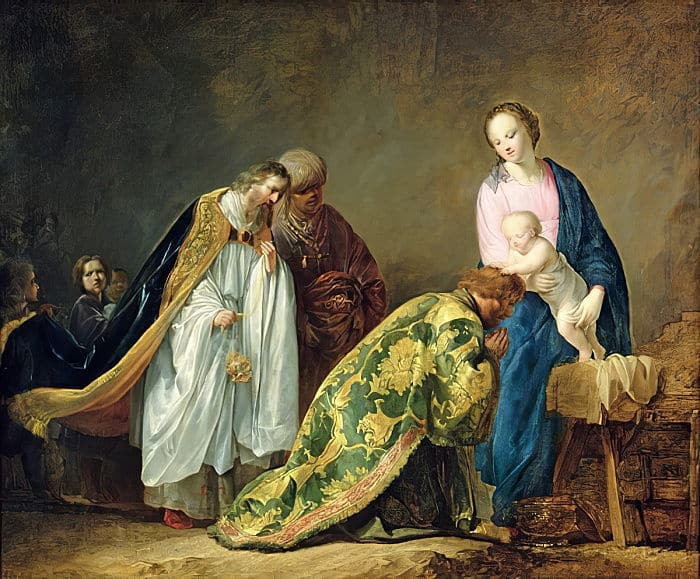 Pieter de Grebber, Adoration of the Magi, 1638, Musée des Beaux-Arts de Caen
Pieter de Grebber, Adoration of the Magi, 1638, Musée des Beaux-Arts de Caen© Caen, Musée des Beaux-Arts de Caen
The exhibition Fleeting – Scents in Colour is a voyage of discovery that will inspire visitors to ‘smell art’ from a different perspective. Via the various scent dispensers, they can smell a clean linen cupboard, bleaching fields, ambergris, myrrh and of course the foul-smelling canals.


